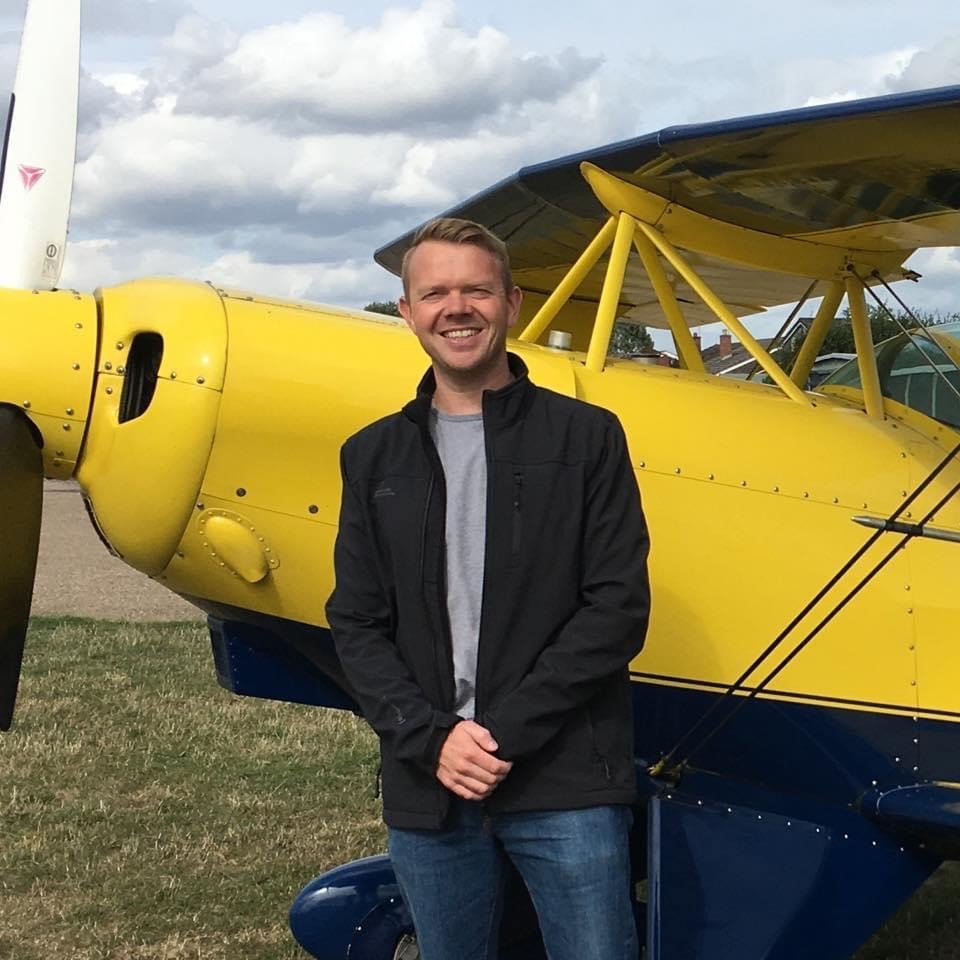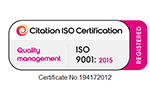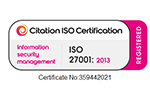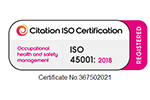The life and career of an energy solutions architect
Want a glimpse into the personal and professional life of Kendra’s Energy Solutions Architect, Martin? Here, Martin walks us through some of his biggest career milestones and passions – from first discovering an interest in energy optimisation to flying a plane at just 17 years old. His story is an eye-opener for anyone interested in smart energy-saving technology and the positive impact it’s having on our industry.
What brought you to Kendra?
I wanted to re-join a BEMS company and focus on energy optimisation. I’d moved around a lot beforehand. Well, I say a lot but mostly I worked at Satchwell, which was eventually absorbed into Schneider. Later, I moved from Schneider to Siemens because a friend asked if I’d be interested in helping to set up the energy team. After a change of direction, I ended up working as a technical specialist in Siemen’s metering division, helping to establish sub metering solutions.
Several years later, I was tempted back into BEMS and joined a company called Next Controls. Despite being small, it was quite a big wheel and looked after the likes of John Lewis and Waitrose. Eventually the company got bought out and I decided to move on.
I knew Kendra’s owners, Chris and Gary, from a past life, as it were. So, about three and a half years ago, I emailed Kendra to say I was looking for a new role. I then got a phone call about a great opportunity – and here I am!
How did you get into BEMS?
I worked specifically in BEMS for about 13 years before I joined Kendra. My career started in 1996. Back then, I was an apprentice electrician at Harrods. It was fantastic there. Harrods had an enormous engineering department. There were electricians, plumbers, mechanical fitters, ventilation, refrigeration, catering and every kind of engineering discipline – including BEMS. A vacancy came up so I jumped ship and spent the last year of my apprenticeship in the BEMS Team.
Satchwell supported Harrods two days a week, so I got chatting to their engineers and was keen to join. At the time, Satchwell was recognised as an industry leader in BEMS training. So, a year after my apprenticeship ended, I moved over to Satchwell. I joined on my birthday in 2001 and went home that day with a company car, laptop, tools and all the kit. They gave me a plan of where I’d be working and what courses I’d be going on.
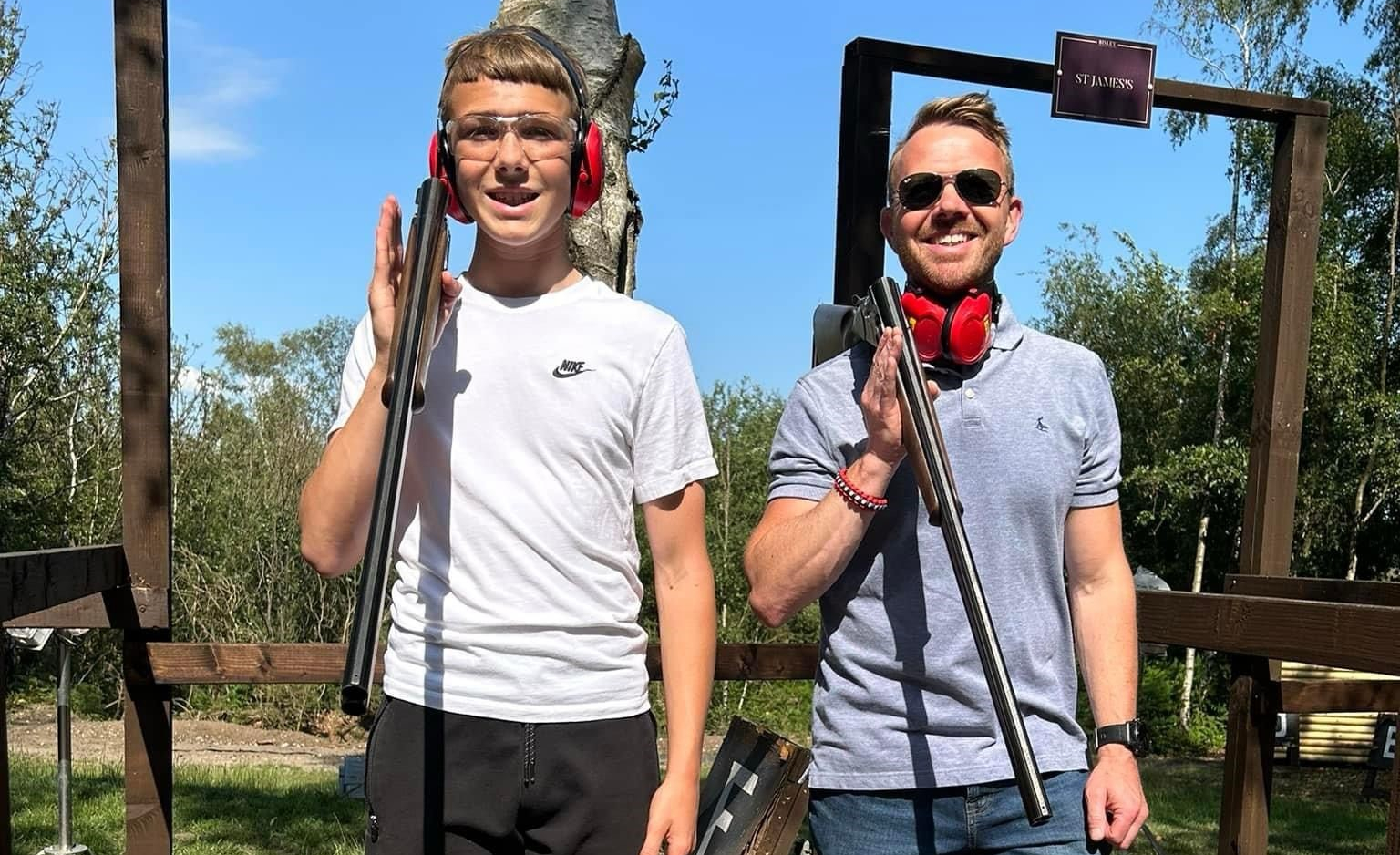
What was the training like?
Training started with courses on ‘The Principles of Control’. Afterwards, I got my hands on Satchwell’s array of discrete controllers. Once I’d served some time on discrete controls, I was introduced to BEMS and cut my teeth on national contracts – Boots and David Lloyd. Then, I started to get my own BEMS sites to look after.
When did you get into energy?
Four years later, when I moved to the energy team at Satchwell. Once I started doing the energy work, I found it really interesting. We did BEMS optimisation for Boots and changed the control parameters for the store to lower energy expenditure.
Satchwell had an energy monitoring platform called SUM – smart utility management and later it became ERM (energy remote monitoring). It couldn’t be called REM because of the band! On this platform, you could view daily energy profiles and visualise any changes made following site BEMS activities. It would also forecast what the annual savings would be. I think we only did about 40 stores across the UK but had proven savings of about £500k – and that was when energy was cheaper!
That’s what gave me an appetite for energy – seeing simple changes result in remarkable energy savings. I realised the work we did could completely change a client’s energy and operational profile.
Did you do anything other than engineering?
I was a gun technician at a Quasar in Uxbridge. While my mates were working at Sainsbury’s and Homebase, I was making sure guns and gaming equipment worked! It involved a bit of soldering, changing batteries, replacing microchips and LEDs. I also had to marshall games to make sure players weren’t swinging the guns at each other and that sort of thing!
It was a great first job though. My interest in electrics began there, I suppose. Just from learning about how the equipment worked, such as smoke machines and strobe lights.
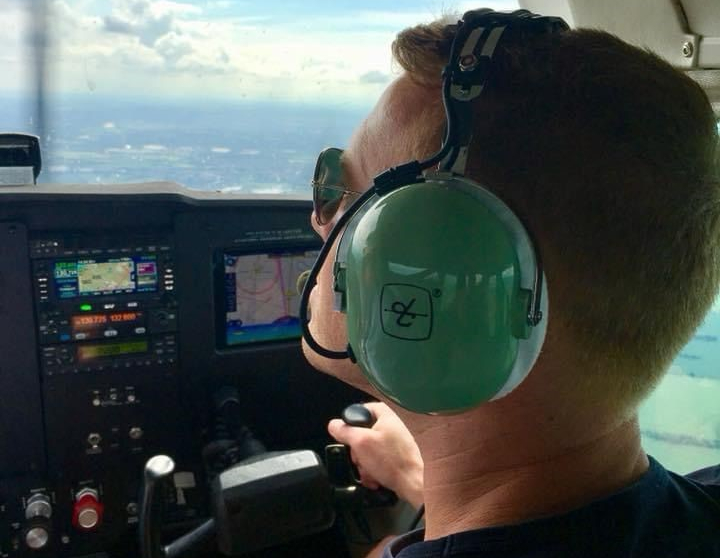
How has the industry changed since you joined?
The way controls interface with each other has changed. There’s more of an emphasis on integration. For the time being, fire alarm systems and security systems are separate from BEMS but generally, there’s a need to bring things in and integrate them. Such as utility and sub metering.
Today you get a lot of packaged and specialist plant. Rather than have the BEMS extensively controlling it, it’s controlled by the plant’s integrated controller. The BEMS talks to the controller, providing a ‘start/stop’ signal and monitoring operation. So, I think in terms of integration the industry has certainly changed.
Having a BEMS service background, I know things have changed there. You used to check and adjust outstation voltages and restroke actuators by setting the potentiometer etc. There’s still a need for physical checks but things are moving towards a more intelligent way of doing things via conditioned based monitoring. It’s better because you don’t spend time in areas that don’t require it.
Where do you see the industry going?
With the Internet of Things (IoT), it’s going to become more – I want to say ‘plug and play’ almost. Not to dumb down what is done in terms of BEMS, but commissioning and integration will become slicker and simplified. Of course, you’re always going to need specialist engineers with expertise. If you plug two devices into a network, for example, they’ll be able to see and communicate with each other – but you still need to know how the plant controls. You need that understanding of how the application should be set up to get the best outcome.
What does your role entail?
In a nutshell, I help new and existing customers get the best out of their BEMS. I help them find the most efficient way of running their HVAC plant, while reducing operational spend.
Any examples?
During the Covid-19 pandemic, building operators were guided into running their ventilation plant 24 hours on full fresh air mode. Thermal wheels (if fitted) were turned off in order to keep the working environment healthy. When things eased up, we were in an informed position to advise operators that this approach wasn’t good for energy efficiency or the plant. Firstly, the plant is running for a lot longer than needed. Secondly, when you’re running full fresh air mode in winter, the air needs to be heated – and in the summer, the air needs to be cooled. It means you’re not maximising with heat recovery.
With people coming back into the office, there was an opportunity to promote air quality control. A lot of buildings have air quality sensors but don’t necessarily make the most out of them. Let’s say you can see from the air quality sensor readings that the air in a particular space is within acceptable levels. With a variable speed drive, you could initiate a slower fan speed, which can save a significant amount of energy. It’s about having the right information to make informed decisions.
Could you summarise our PROActiv offering?
Kendra’s PROActiv offering is something we’re all excited about. PROActiv Technical Solutions Manager, Andy, and his team have already got it working across a spectrum of sites – including UCL and the Francis Crick Institute – and what it highlights is incredible. PROActiv not only looks at what has happened, it also looks at what could happen, based on a series of rules. The outcome is powerful. To have a system that not only records and notifies on problematic areas, but looks at what the issue could be with energy and cost impacts is superb.
What do you enjoy most about your job?
The variety. I enjoy going to different places to see different problems, understanding what the issues are and then coming up with viable solutions.
Within Kendra, everybody is so approachable, too – from administration and engineering, all the way up to leadership. Everyone has time for each other, which is so refreshing. And if you come up with an idea or have an opinion on something, your voice is always heard and considered.
What are you most proud of at work?
Probably the accreditations I have with CIBSE. I’ve been a Low Carbon Energy Assessor since the Display Energy Certificate assessments got going many years ago and I’m a registered Low Carbon Consultant for Building Operation. I’m also a Certified Measurement and Verification Professional with the Association of Energy Engineers.
What’s your favourite part of the week?
I enjoy Monday mornings because we have a PROActiv Team call. We all get together and talk through what we’ve done, what’s gone well and how we can help each other. It’s a really nice way to start the week.
Any challenges?
When I do energy reports with recommendations, people often say ‘why should I do this? What I have already works’, or ‘I don’t need this PROActiv Energy thing, it’s sounds like a luxury item?!’.
I’m always explaining that PROActiv Energy is an efficiency measure that pays for itself. It helps you make the best out of what plant services you have, maximise on plant longevity and reduce the need for unnecessary maintenance. Should there be an unforeseen change in energy consumption, PROActiv Energy would help with the transparency and reasoning for that change. It’ll also be the solution for getting back on track.
Another challenge is proving energy savings. Contesting is commonplace and to be expected. Customers often say ‘how did you arrive at that?’ One customer even said ‘all you’re doing is stating the obvious.’ My response was ‘I know. That’s because it’s the simple stuff that can have the most effect – and simple measures often get overlooked’.
At the end of the day, it’s all about aligning the BMS control system to how the building is used.
What do you like to do outside of work?
I moved house recently so DIY is certainly taking a big chunk out of my spare time but I’m pleased the end is in sight!
My son Alfie, who’s 15, is really into his football. He’s at the Goalkeeper Development Centre with Brentford Football Club, so I take him there for his training. My family support Brentford. Dad grew up in Brentford, too. So it’s great Alfie gets his training with them. He plays for Old Windsor Tigers too, so I’m always ferrying him and his mates around to games.
I’m a pilot. I’ve had a pilot’s licence for many years, I was learning to fly at the same time I was learning to drive! As an Air Cadet I fancied being a pilot and was awarded a flying scholarship in 1995. I learned to fly to solo standard at Southend Airport and got my licence a year later at 18. It was my Dad who finished off my flying training at Denham Aerodrome. Dad was a Royal Air Force reservist, a school teacher then a flying instructor; flying was his passion and something I inherited from him.
I’m always out walking my two dogs, too. I’ve got a Whippet and a Weimaraner. I take my Whippet out running with me from time to time. He certainly looks more graceful running than I do!

Anything funny happen to you whilst at Kendra?
Corey (a colleague) and I were working on a BEMS optimisation project for the Met Police at their station in Hammersmith, which has a mounted branch. We needed to take a look at the heating and ventilation plant in the stables and an officer showed us around, including a walkthrough of the horse bays.
There was an enormous horse called Spitfire. I asked if we could have a photo with him and the officer said we could. Corey went first. Spitfire posed nicely and I took a photo. When we swapped and I got beside Spitfire, he neighed and curled his lips. The officer said ‘I think he’s had enough’ so I got out while the going was good – probably for the best because I was itching to pat Spitfire and say ‘alright mate, why the long face?’…
Contact
If you have any questions or would like to discuss our PROActiv solutions, find your local office and reach out.

